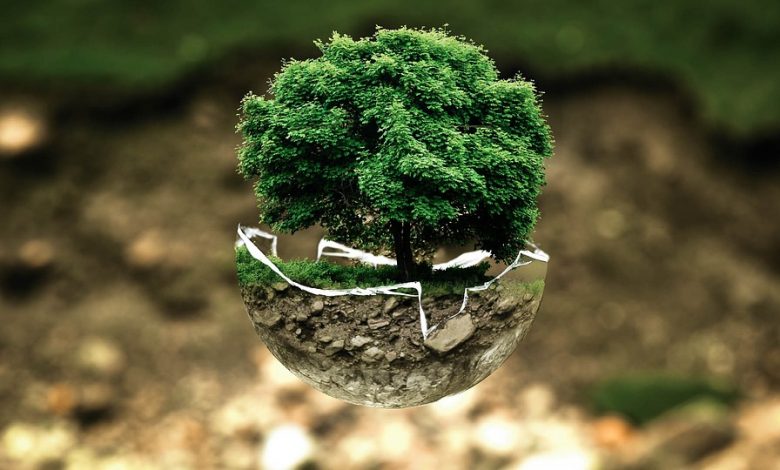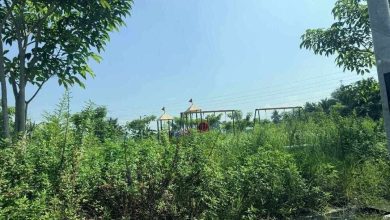

By Joachim Ng
When was the last time you or anyone you know demanded that your State Assemblyman or Member of Parliament hold a town hall meeting to discuss a matter of grave public concern? This question must puzzle you because you won’t remember such an occasion. No one has ever made such a request, and it is surprising as ADUNs and MPs are your representatives in governing the nation.
We are now standing at a crossroads, with no one able to give clear direction which path we should take.
Ipoh is having it bad with many residential suburbs hit by floods. One – Fair Park – is quite close to city centre. Besides Fair Park, areas submerged in chest-high waters that swept cars away include Kampung Tasek, Kampung Seri Kinta, Arena Kepayang Putra, and Anjung Bercham Utama.
Flooding has affected several districts in Perak since October, producing hundreds of evacuees in Kinta, Larut, Kampar, Batu Gajah, Sengai Siput, Larut Matang and Selama, Hilir Perak, Kerian, Kuala Kangsar, Hulu Peraka and Mualim. In Gopeng, dam bursts in Sungai Kinta brought major flooding to Kampung Seri Jaya, Tasik Idaman, Kampung Pisang, and Kampung Seran.
Perak is one of ten states hit by the current monsoon surge that is driven by wind speeds reaching 40kph.The other states are Kelantan, Terengganu, Perlis, Kedah, Selangor, Negri Sembilan, Melaka, Johor, and Sarawak.
The number flood evacuees nationwide rose to 140,000 at the beginning of this month, with five drownings and one electrocution. Thirty-three rivers breached dangerous levels. The current flood situation in Kelantan has been described as the worst in the state’s history with 87,000 victims.
The floods will keep worsening year by year because we fail to connect the dots; we fail to assemble these pieces together to get the big picture. Hence, we don’t see any picture or any need to request a town hall meeting.
Zoom out your time horizon and you will remember that flooding began as early as September. Back then, knee-high floods already hit parts of Shah Alam. Continuous rain lasting some hours inundated hundreds of homes in areas where drains clogged by rubbish prevented water runoff.
By mid-October, floods had affected Kuala Lumpur, Melaka, Pahang, Negri Sembilan, Johor, and Sabah.
Zoom out further back to April-May and you may remember that flash floods hit Perak, Selangor, Negri Sembilan, Melaka, and Sabah.
Now zoom to the beginning of 2024: we were gripped by an extreme heatwave during the 1st quarter of the year when temperatures rose to 35 degrees C and above in the shade. Perlis suffered Level 2 temperatures reaching 37-40C. The northern states of Perlis, Kedah, and Penang then had to endure months of drought before rains came in April. The dry spell also hit Perak, Kelantan, Johor, Sarawak and Sabah.
In Langkawi, residents and shop operators had to make do with tap water supply only three days a week. The heatwave withered padi fields in Kedah, and farmers saw their incomes halved with much lower harvests. Vegetable farmers in Cameron Highlands, Johor, Penang and Melaka were just as badly hit by the extreme heat and water shortages.
Khazanah Nasional Berhad data show that three districts in Perak are at very high risk of extreme weather events: Hulu Perak, Kuala Kangsar, and Perak Tengah.
According to Khazanah Research Institute, rainfall patterns have changed over the past five years. That’s the crux of the issue; that’s why a town hall meeting is needed for the people to engage the politicians, who lead Malaysia, in a concerned discussion on what’s ahead for our nation and the world.
If you need further convincing on the need for a town hall meeting, zoom out to the world scene. What do you see?
Severe thunderstorms inundated Semarang, the provincial capital of Central Java, in March flooding the city to a depth of 50cm. Severe flooding in southern Thailand affected more than 155,000 households and killed 29 people early this month.
In November, the Philippines’ fourth typhoon in less than a month saw howling 130kph winds lashing the main island of Luzon. Storms are increasingly forming closer to coastlines, intensifying more rapidly and lasting longer over land, say experts. In September, Typhoon Yagi triggered landslides and floods in northern Vietnam killing 46 people.
Europe isn’t having an easy time either. The deadliest flash floods in Spain’s modern history killed 214 people last month after four days of torrential rains swept the eastern region of Valencia. Scientists say extreme weather events are becoming more frequent in Europe and elsewhere, due to climate change.
In Greece, devastating year-end floods in 2023 were followed by scorching 40 degree C summer heat this year, leading farmers to moan: “The weather now is either drought or flooding.” Trapped between weather extremes, Greek farmers are struggling to see a future. China reported its warmest autumn this year since records began in 1961. Every month since July has been the hottest since the records began.
The World Bank says droughts and floods are two sides of the same coin and should be addressed together. More heat means dry spells last longer. However, the increasing amount of water stored in the atmosphere makes rainfall heavier with consequent flooding. Hence, droughts and floods are like twins.
Kedah and Perlis farmers can empathise with the Greeks for they face exactly the same phenomenon. One farmer in Kedah, Wan Maharuddin, told the Star newspaper last month: “It’s climate change. Our fields got flooded when they were not supposed to, and now they are dry when they are supposed to be wet.”
Another farmer, Dollah Sabri in Perlis, said: “In July and August, an intense heat wave dried up our irrigation channels. Then, the rain came in early September. There was too much water when the padi was ripening.”
Earlier this month the Edge newspaper, quoting farmers and authorities, said that devastating floods have submerged more than 38,000 hectares of padi fields in Kedah and Kelantan. It was the worst flooding in decades.
The National Security Council has revealed that Malaysia is now seeing a rise in the frequency of floods, an increase in flood days, and also that floods are now affecting places that had never before seen floods.
Now zoom five years back in time. Do you remember that in 2020/21, there was a period when the entire country experienced continuous rainfall with the amount of rain on one particular day exceeding the average rainfall for a month?
Yet, during the first five months of 2019, Malaysia was scorchingly hot and dry. Hulu Perak did not see any rain for two months. The situation got worse in the early months of 2020 with vast tracts of padi land baking in the sun.
Then came August 2021, and a family in Sungai Petani reported having to climb up to the attic to save themselves from the “tsunami waters” entering the house.
“Nowhere is safe” has become the thematic cry. So what are the ADUNs and MPs doing? Don’t you think you should be demanding that they stop throwing racial mud and religious accusations just to hit the headlines? They should instead be facing off to see who can hit the button hardest to stop climate change.
It is widely believed that blocked drainage systems exacerbated the flooding in Malaysia. So, demand a town hall meeting and ask why, despite having been vested with all the powers of governance, our elected reps are failing to perform even basic tasks such as keeping the drains flowing.
Current scientific data suggest that climate change is intensifying and increasing the frequency of extreme weather events, with unprecedented heat, droughts, and floods worldwide.
“It’s pretty scary that 2050 is not very far away,” says Pedro DiNezio, a University of Colorado Boulder climate scientist. That’s the year widely predicted to be the start of doomsday for humanity if by then it fails to combat climate change as one united global society.
=========================
Disclaimer: The views and opinions expressed in this article are those of the author and do not necessarily reflect the official policy or position of Ipoh Echo


